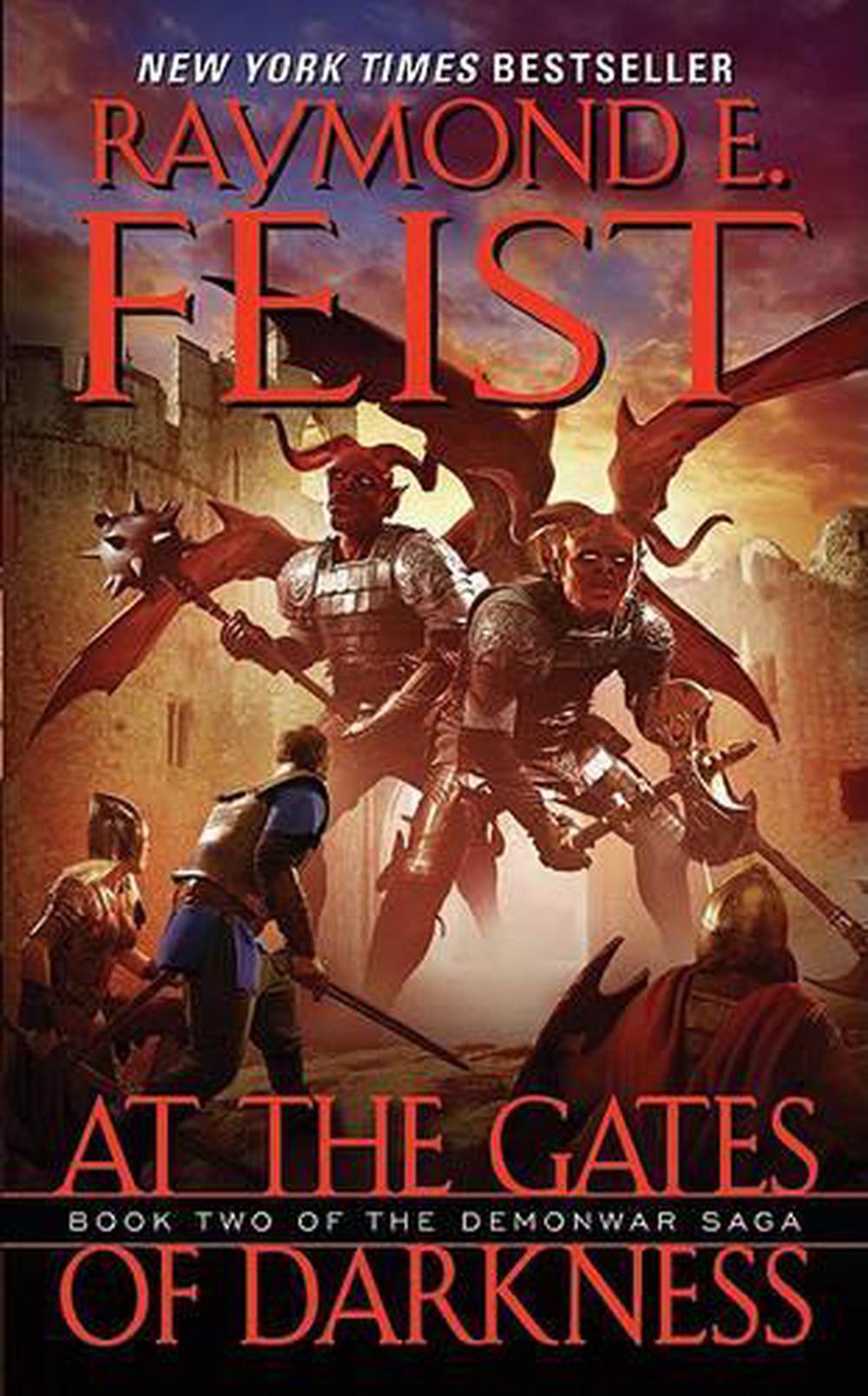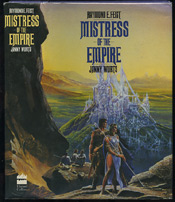
Mara of the Acoma from the Empire trilogyĬo-written with Janny Wurts, Feist says the collaboration was a “massive” help in his development of female characters post Empire. The trilogy centres upon Mara of the Acoma’s struggles to maintain the honour of her house in a society dominated by men. The Empire trilogy was written directly after the Riftwar Saga, and was set on the Tsurani home world of Kelewan. His appreciation for, and details of the economics of warfare was a uniquely post-1987 crash approach to the genre’.Īs was the ‘incorporation of second-wave feminism’ into his characters, particularly in the Empire trilogy, which attracted more women readers to fantasy literature. It could be argued that Feist ‘re-invigorated fantasy. Feist’s detailed and descriptive narration of medieval warfare, and the political intrigues involved was uncommon in the genre at the time, and his approach gradually attracted many new readers. While centred on Pug and Tomas, Magician delves deeply into the more mundane aspects of the invasion of Midkemia.
#Raymond e feist books series#
The use of rifts is a constant theme throughout Feist’s books, and of course the reason the series is known as the Riftwar Cycle. “People like rules, or at least the appearance of rules, even in fantasy”, he explained in an interview with SFX last year. Rifts had been employed by the Friday Nighters, and Feist liked the idea of a more mechanical approach to magicians moving from one place to another, rather than disappearing and reappearing in a puff of smoke. With the help of a myriad of other characters, they attempt to repel an invasion by the Tsurani, an alien race who gain access to Midkemia through a controlled rift in space and time. Magician tells the story of an orphan boy named Pug, who becomes a magician of immense power and his foster brother Tomas, who is transformed into a warrior with godlike abilities, after inheriting armour infused with an ancient magic. Feist did so, and in 1982 Magician hit store shelves. Two years later he submitted a, “very lengthy novel”, to Double Day, who agreed to publish the book on the proviso that he shorten it by some 50,000 words.

Having received the group’s approval, Feist began introducing his characters into the world of Midkemia. “Using our gaming world as a background for the story made it easy for me to concentrate on the narrative, and not fret about world-building.”

#Raymond e feist books how to#
“I had no grasp on how to tell a story”, he said in an interview with in 2013. One of these new players was Raymond Feist.įeist asked the other ‘Friday nighters’ (as they had begun referring to themselves as), if he could use Midkemia as the background for the book he was writing. Midkemia gradually grew as new cities and new players were introduced into the game. They met one night a week to play the game. Lamot produced a guideline of the new rules which he named ‘The Tome of Midkemia’. Unhappy with the limitations of the game, the three modified the rules based on their own knowledge of medieval history. In 1975 Lamot returned from a trip away with the newly released fantasy war game, Dungeons and Dragons. Steve Abrams, met Conan Lamot and Jon Everson through the Triton Wargaming Club at the University of California. While the concept itself was by no means original, the process that breathed life into the Midkemian universe and its myriad of characters certainly strayed from the norm. Raymond Feist was studying for a communications degree at California University during the mid-seventies, when he first decided to write a fantasy novel centring upon a young boy who becomes a great magician. In terms of both popularity and longevity, it ranks him alongside the likes of Tolkien and George R Martin.” “We have four separate editions of the book on the shelves at the moment, and it remains immensely popular”. “Magician has become a true classic of the genre”, says Christine Tolec from Sydney’s Galaxy Bookshop. Given Magician’s less than auspicious start, Feist could never have imagined how successful his first book would become, and that it would spawn a further 29 novels set in his fictional world of Midkemia. His first novel ‘Magician’ was greeted with little fanfare, and initial sales figures were moderate at best.

In 1982 the opening chapters of two of the longest running and most successful series in fantasy literature were published – Stephen King’s The Dark Tower, and Raymond Feist’s Riftwar Cycle.Īlthough King was already a highly successful horror writer when he first introduced us to Roland of Giliad in ‘The Gunslinger’, Feist was unknown. A year after the release of ‘Magician’s End’ – the final book in the series, I take a look back at this popular series, and speak (via the magic of the internet) to RE Feist. Raymond E Feist’s hugely successful ‘Riftwar Cycle’ has entertained millions of readers for over three decades.


 0 kommentar(er)
0 kommentar(er)
